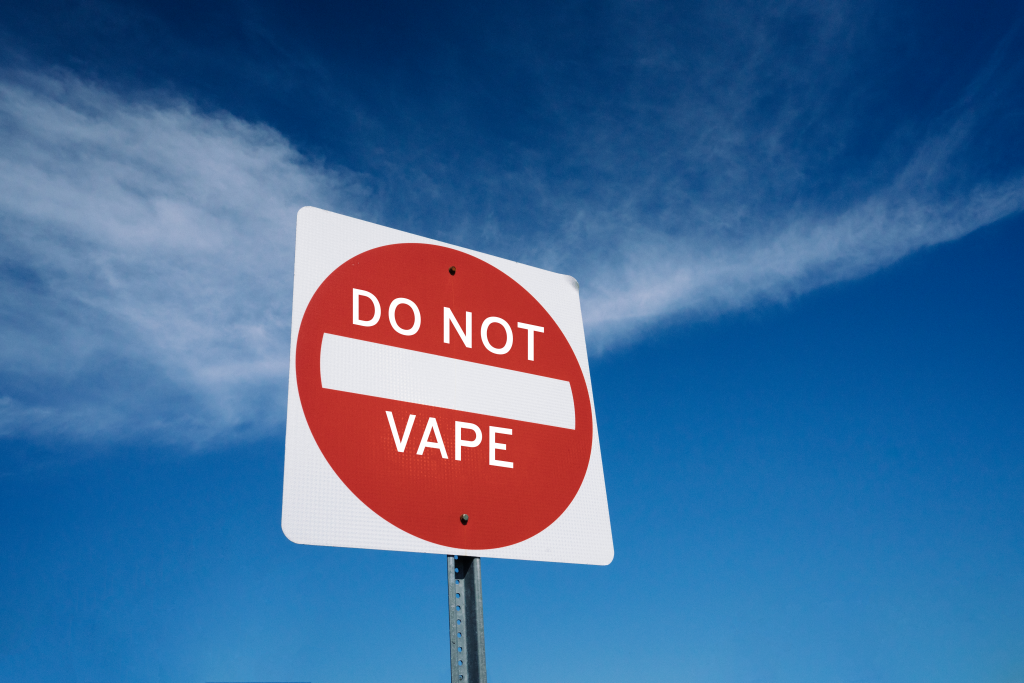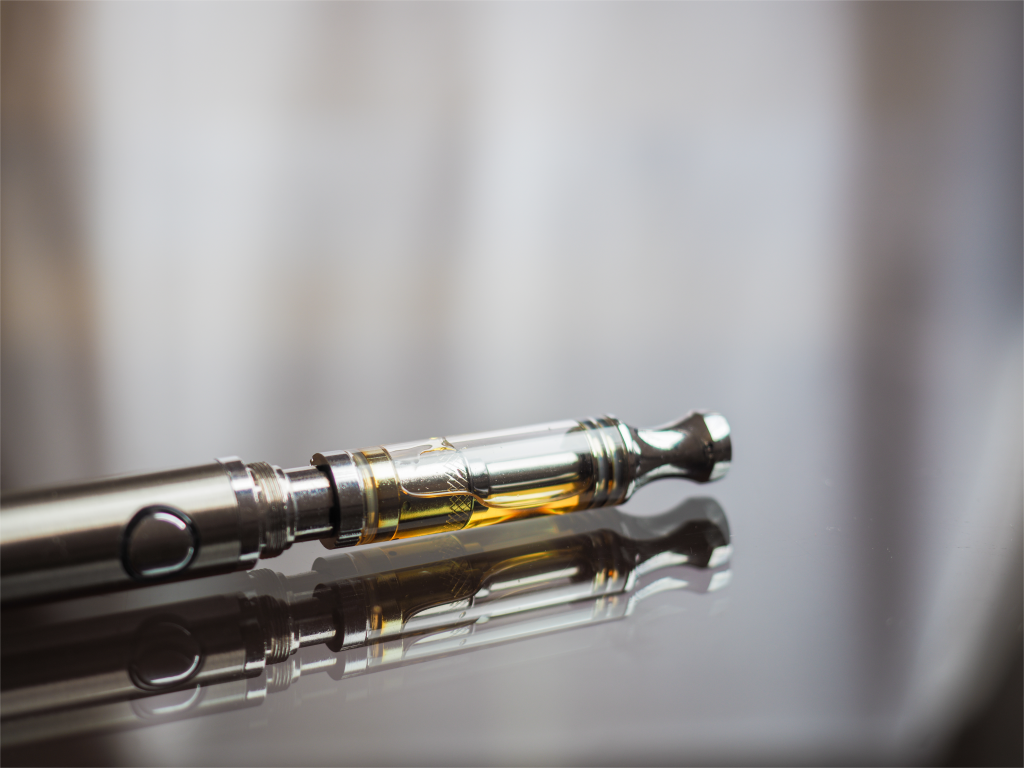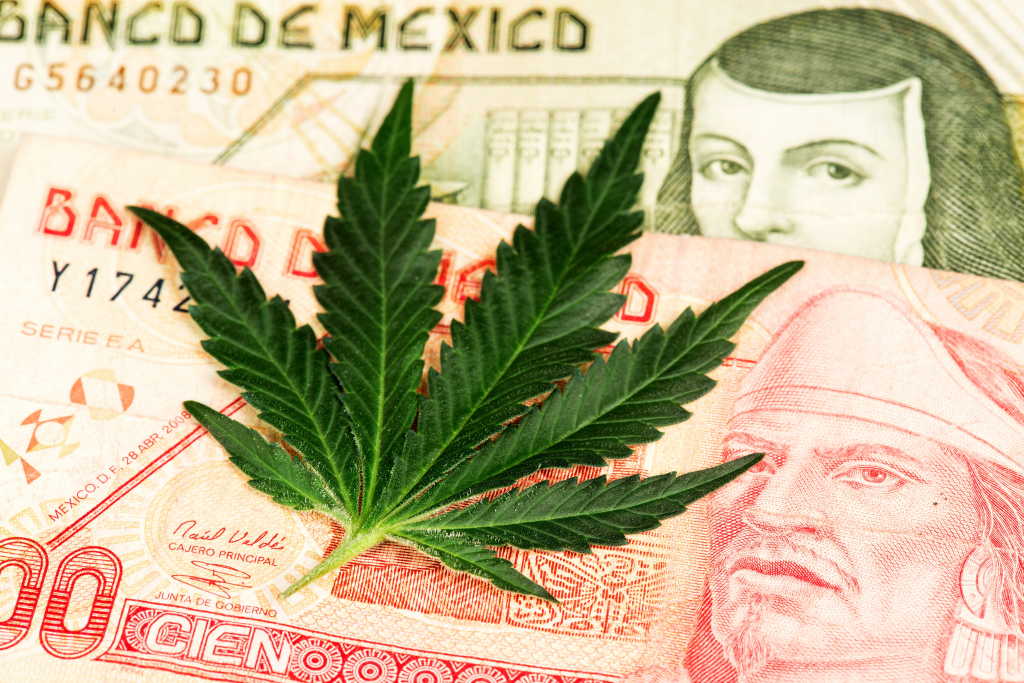Mexico is a strange country when it comes to cannabis these days, with inconsistent rules, and general friction between the government and court system. We all know that Mexico legalized cannabis by way of the Supreme Court, and has been waiting on the official legislation for years. What might be less known is that there’s also been an ongoing controversy specifically with vape laws in Mexico. Here’s the story.
The vape issue in Mexico is just as nonsensical as in America, but at least Mexico’s Supreme Court shot down a ban on vape products. We report on everything related to the cannabis industry all over the world, which you can keep up with by subscribing to the THC Weekly Newsletter. As a bonus, you’ll receive access to stellar deals on products like vapes, edibles, and other paraphernalia! Further to that, we’ve got some great offers on cannabinoid compounds, like HHC-O, Delta 8, Delta 9 THC, Delta-10 THC, THCO, THCV, THCP & HHC, which will save you lots of $$. Head over to our “Best-of” lists to take advantage of these deals, and enjoy your new products!
The vape ban
Much like in America, there is quite a discussion going on in Mexico over the idea of vaping. As a part of article 16 of Mexico’s General Law for Tobacco Control, instituted in 2005, “The trade, sale, distribution, display, promotion, and production of any object that resembles tobacco but is not tobacco, which includes e-cigarettes”, are all illegal.
The issue gained momentum on February 20th, 2020, when Mexico’s president Andrés Obrador put out a presidential decree, which was published in the Federal Official Gazette on that day, and which worked to ban the import of ENDS products (electronic nicotine delivery systems), as well as non-nicotine vape products into Mexico, and all hardware involved.
The ban is an extension of article 16, and aimed at literally everything vape related, specifically speaking of imports to Mexico. While Obrador cited World Health Organization information for his decree (something that goes wildly in contrast to his initial stance when elected of not being prohibitionist toward drugs), very little substantial proof was provided. In fact, he made this statement:

“That it has been reported that the use of these devices generates inflammation of the respiratory tract, the increase of white blood cells, as well as bilateral pulmonary opacities (spots in the lung), low oxygenation of the blood or even respiratory failure, in addition to an increased sensitivity of airway cells to viral infections… Its long-term use is expected to increase the risk of chronic obstructive pulmonary disease and lung cancer.”
What’s the problem? None of this has ever been proven. In fact, the US, which is the home of the vape debate, couldn’t list more than 68 confirmed deaths from 29 states (and DC), from the start of vaping in general til February 2020, and this while the country boasts 480,000 smoking deaths yearly, including 41,000 from secondhand smoke alone. How much of a death toll in Mexico? According to Tobacco Free Kids, this amounts to 63,200 deaths a year, which is 9.7% of all deaths in the country yearly. Much like the FDA constantly trying to make smear campaigns on vaping in America, it seems Obrador is doing the same. He even went as far as saying as per the WHO, that vaping poses:
“health risks for people in the environment exposed to the aerosol exhaled by [vaping product] users”, and that it “turns out to be a new source of air pollution by particles, including fine and ultrafine particles, as well such as 1,2-propanediol, certain Volatile Organic Compounds (VOCs) and heavy metals (such as nickel and chromium), and nicotine”, concluding that “therefore, the increase in the concentration of toxic substances in the foreign aerosol, in relation to ambient air levels , represents a greater risk to the health of any exposed person.”
Apparently Mexico is pretty cool with that 63,200 yearly death rate from smoking. What’s the vape death rate? There actually isn’t one. In fact, a 2019 article listed the first confirmed vape death, with no further formal, or informal, statistics that I could find. That death was technically a pneumonia death, and I saw nothing definitively linking it to vapes, apart from the article stating it was. How vaping and smoking can be equated in this way, or even worse, vaping made to look more detrimental, is so fundamentally flawed… that the Supreme Court had to step in.
Supreme Court says its fine to vape in Mexico
These days, the Supreme Court of Mexico has been working overtime to undo bad policy. Not only did it overturn the ban on recreational cannabis, but it also overturned Obrador’s ban on vape products in Mexico. It did so in two steps, starting on July 16th, 2021, when it struck down the import ban as unconstitutional for “heat-not-burn” products. This overturned the presidential decree, and released these products from article 16 oversite.
And then the Court when further. On October 19th, 2021, the Supreme Court ruled yet again on the topic, this time making the judgement that article 16 of the General Law for the Control of Tobacco – the law which prohibited commercialized vape products in Mexico, was unconstitutional because it damages free trade.

The decision came when Minister of the Supreme Court of Justice of the Nation, Juan Luis Gónzalez Alcantara Carrancá, brought it in front of the Supreme Court for ruling, with an argument about the violation of the Constitutional freedom of equality. A vote went 4-2, however different arguments were used for those in favor of dropping the ban, creating even more confusion as to a final text.
This doesn’t actually create a written law for use of these products. Much like with cannabis in general, it sets case law, and makes it so that no lower court can go against this ruling. This is beneficial to offenders who were facing prosecution, but does not set up an outright legalization policy. Which is yet another example of Mexico having a distinction between Supreme Court rulings and written law.
Mexico and cannabis legalization
Where else is Mexico in immense gray area? With cannabis legalization in general. In 2018, the last of five consecutive Supreme Court rulings was made on the recreational use and cultivation of cannabis. This resulted in jurisprudencia kicking in, when court rulings override written law, which created new case law stating that cannabis prohibition is unconstitutional.
After literally years of congress avoiding doing its job in writing up official legislation to match this, the Supreme Court finally dropped the laws of prohibition itself, but only related to private use and cultivation, and still without written laws to govern the decision. Which means, though the Court has ruled that cannabis is technically legal, and can be freely used and grown in private, the lack of written legislation provides no framework for a legalized market, or laws to govern any kind of use at all, even that which was legalized.
The Supreme Court even kicked it up a notch once again in December 2021, when it ruled on a case initiated by the company Xebra Mexico. This had to do with the commercial production of low-THC hemp with a limit of 1% THC. The court ruled that its unconstitutional to bar the production of low-THC hemp, meaning Xebra Mexico (a Canadian subsidiary) won the right for production, essentially forcing the opening of at least that market. The ruling is unappealable, which also creates case law once again.
What’s next?
I expect written laws will come out at some point for these matters, or at least, they’re supposed to. Not only does Mexico need its cannabis industry fully started and regulated, but it needs a regulatory framework for vapes now that all these products sit in legal gray area. What’s weirdest about all of this, is that every move forward has been made not by Mexico’s government, but by its Supreme Court.

The Mexican congress missed the end of the congressional season when 2021 passed, meaning when exactly laws will be put in place to regulate the cannabis industry is up in the air. Technically congress has missed several deadlines starting in December of 2019. At the last official deadline in April 2021 it did not ask the Supreme Court for an extension (like it did at all previous missed deadlines), which enabled the Supreme Court to go ahead and drop the laws it did, which happened on June 28th, 2021.
The vape market is not huge in Mexico right now, likely at least partly because of legal issues. Other places like the US, Canada, and Europe have much higher vape usage numbers, which can be seen simply by watching the streets, or being out in public in general. Vapes can be found for nicotine and cannabis products, but in paltry numbers compared to the locations above. In Mexico, most smoke coming out of mouths is from cigarettes and joints by a wide majority, and it seems Mexico could benefit greatly from some safer smoking methods.
Conclusion
These days, it makes more sense in Mexico to watch the Supreme Court to see what policies will be instituted, but this is not how it should work. The Mexican government has repeatedly dropped the ball, and this vape issue is just another aspect of the Court having to fill in for the government not correctly doing its job.
Hello and welcome! You’ve made it to CBDtesters.co, the preeminent web location for the best overall comprehensive independent news coverage of the cannabis and psychedelics fields. Stop by frequently to stay educated on the fast-paced universe of cannabis and psychedelics, and subscribe to The THC Weekly Newsletter, so you never miss a single thing.
Disclaimer: Hi, I’m a researcher and writer. I’m not a doctor, lawyer, or businessperson. All information in my articles is sourced and referenced, and all opinions stated are mine. I am not giving anyone advice, and though I am more than happy to discuss topics, should someone have a further question or concern, they should seek guidance from a relevant professional.